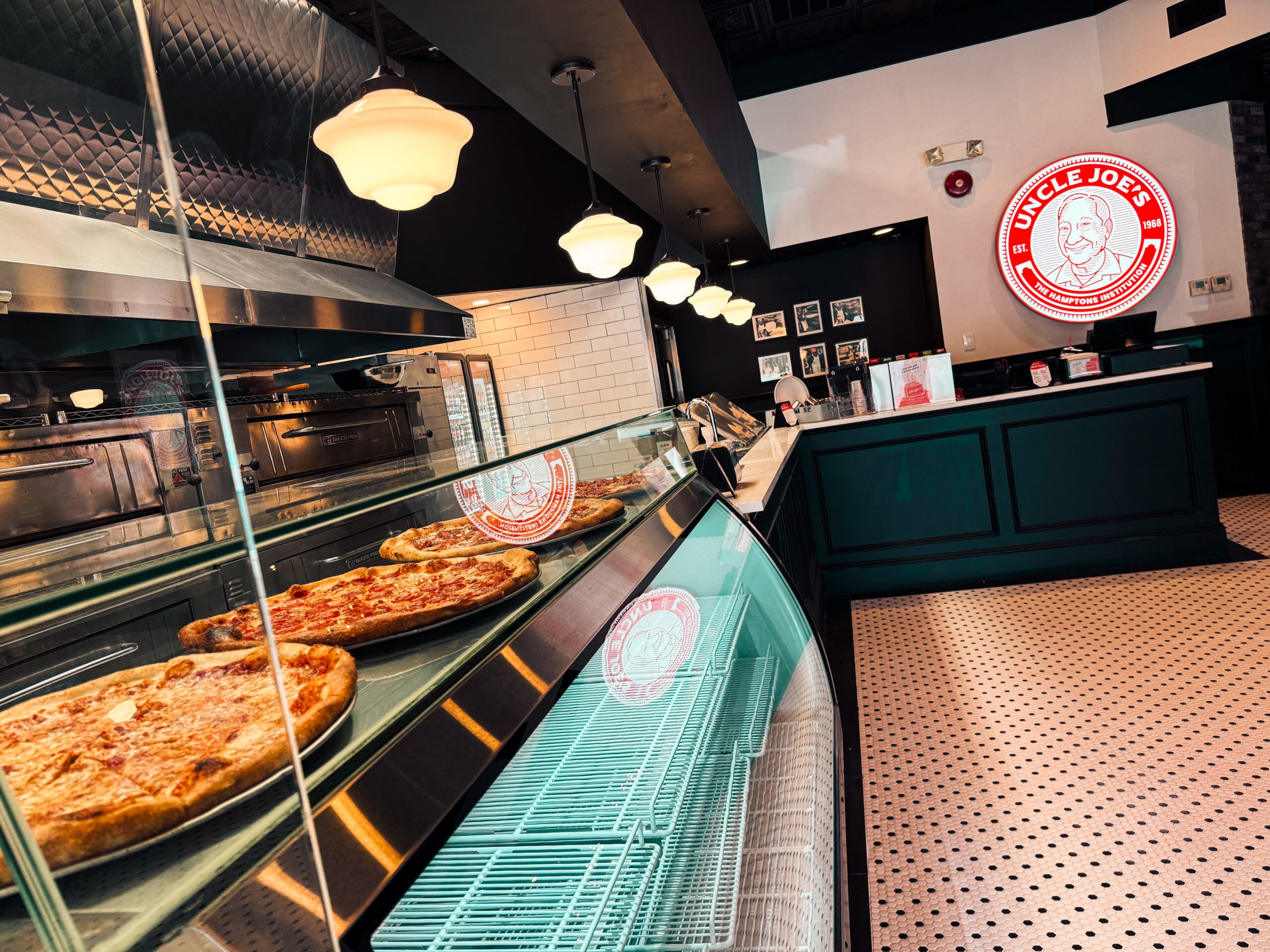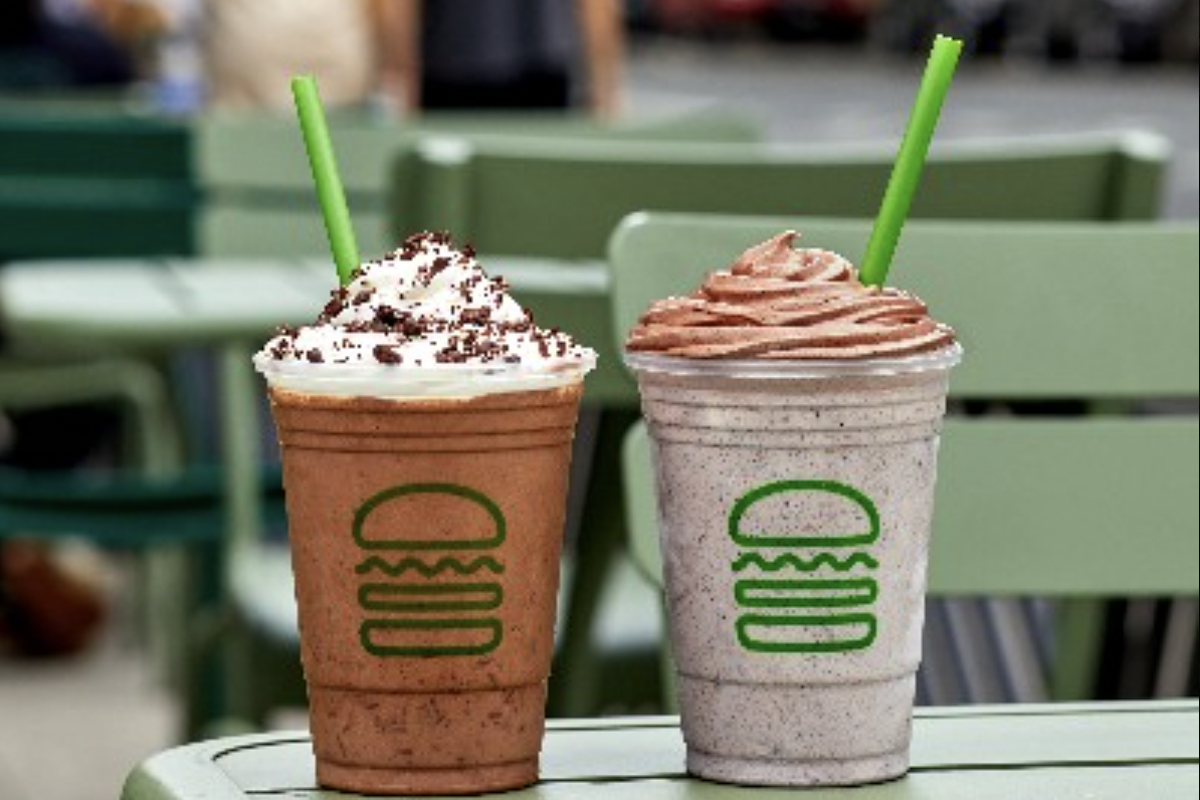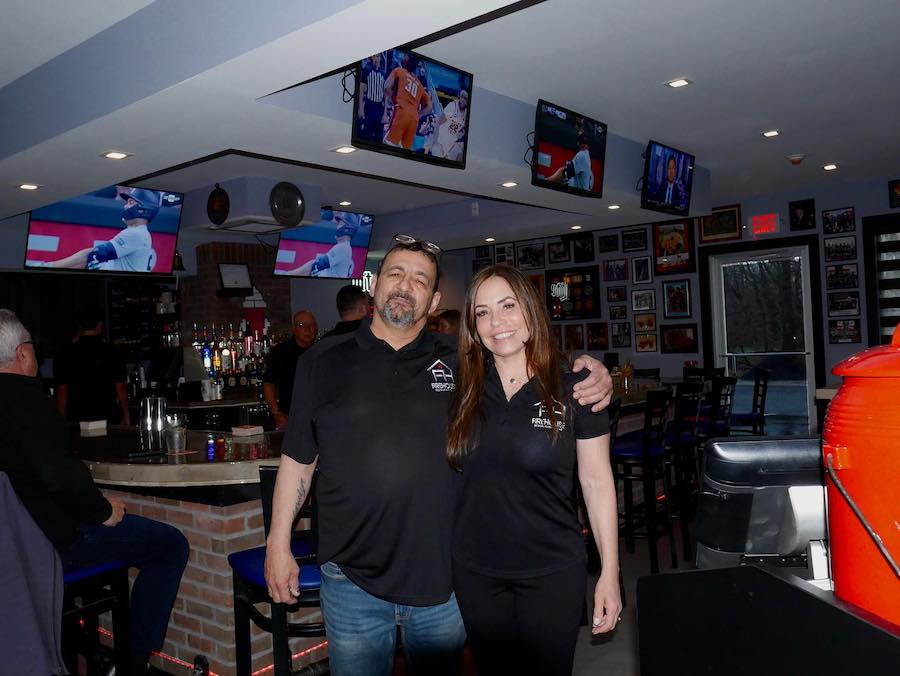
Click here for Greater Long Island newsletters. Click here to download the iPhone app.
The 2018 Winter Olympics open Friday in Pyeongchang, South Korea, and this year’s games feature 92 countries participating in 15 sports in the most-ever events in Winter Olympics history (102).
The big buzz always surrounds more mainstream sports like ice hockey and snowboarding, but we want an informed readership here on Long Island.
So we caught up with World Cup champion skeleton racer and Port Jeff Station native Annie O’Shea to learn more about her sport.
To the uninitiated, skeleton is one of the three sliding sports in the Winter Olympics — with the most popular being bobsled. The other is luge.
All three go down the same tracks; it’s the type of sled and techniques used that differentiate the sports from one another.
Skeleton, which was permanently added to the Winter Olympics in 2002, is a single person event that involves a racer laying prone on a sled throughout a frozen course.
The goal of the sport is to have the fastest time among competitors.
For the Olympics, there are two events — one for female, and the other for male racers.
O’Shea, who has been a skeleton racer since 2004, says many people are unfamiliar about the differences in the sliding sports.
“Everyone knows bobsledding, so it is good everyone knows one of the sliding sports … because I explain it’s just as crazy and just as a cool,” she said.
O’Shea, who won the World Cup in 2016, the year she was ranked No. 4 in the world, went on to explain the “craziness.”
In skeleton, which is named after the sled’s boney appearance, racers get a running start before jolting down a frozen course face-first at speeds close to 90 mph
story continues below photo
With G-Forces up to 5 — which amounts to as much as a highflying roller coaster — each race is exhilarating.
“It is a serious rush; it’s like uncontrolled sledding chaos,” explained O’Shea, Team USA’s two-time Bobsled-Skeleton Athlete of the Year.
Each racer, whose head is less than an inch off the ice, uses precise movements from different body parts to maneuver the sled.
“In order to steer and turn right, I use pressure from my right knee and left shoulder,” said the 30-year-old. “That flexes the sled just enough to have it take a different line.”
O’Shea says every race is different, too.
“You can never do the same thing twice, no matter how hard you try,” she said.
Photos: Annie O’Shea racing in previous events. (courtesy)
























